Remember when television was the great unifier? Long before streaming services, social media, and endless content options fractured our viewing habits, the 1970s represented the golden age of the television event—those must-see broadcasts that seemed to bring the entire country to a standstill. With just three major networks dominating the airwaves, when something special aired, EVERYONE watched it. Schools would discuss it the next day, newspapers would cover viewer reactions, and for a brief moment, Americans shared a collective experience through their television sets. These weren’t just shows; they were cultural touchstones that defined an era when appointment television truly meant something. Here’s a nostalgic look back at 13 television specials from the 1970s that transformed our living rooms into national gathering places.
1. The Final Episode of “The Fugitive” (1970)
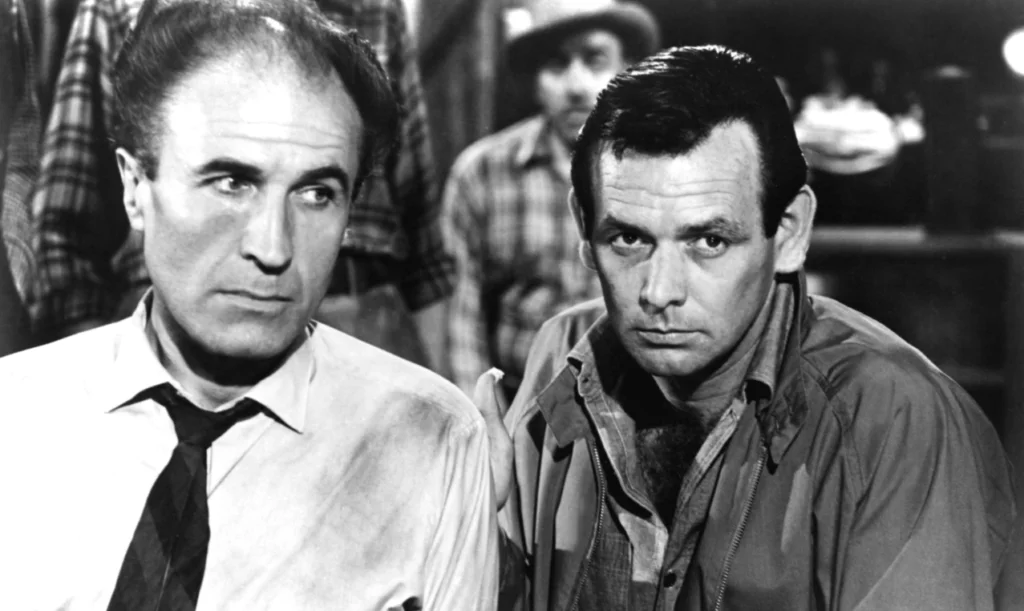
When Dr. Richard Kimble finally confronted the one-armed man who killed his wife in the conclusion of this long-running series, America held its collective breath. The two-part finale aired in 1970 (with the original run ending in 1967 but reruns bridging into the new decade) and captured a staggering 72% of the television audience—one of the highest-rated television episodes of all time. Workplaces emptied early as people rushed home to witness the resolution of the four-year manhunt, with water pressure dropping in major cities during commercial breaks as millions of viewers used their bathrooms simultaneously. Vanity Fair credits this finale alone with completely changing television forever.
The cultural impact was immeasurable, establishing the concept of a series finale as a major television event rather than shows simply fading away without resolution. Today’s heavily promoted series finales owe their existence to this groundbreaking broadcast that proved conclusive storytelling could capture the public imagination and deliver unprecedented ratings. While modern finales might trend on Twitter for a few hours, they rarely achieve the near-universal viewership that made “The Fugitive” finale a genuine shared national moment when almost everyone in America knew exactly what had happened to Dr. Richard Kimble.
2. Elvis Presley’s “Aloha from Hawaii” Concert (1973)
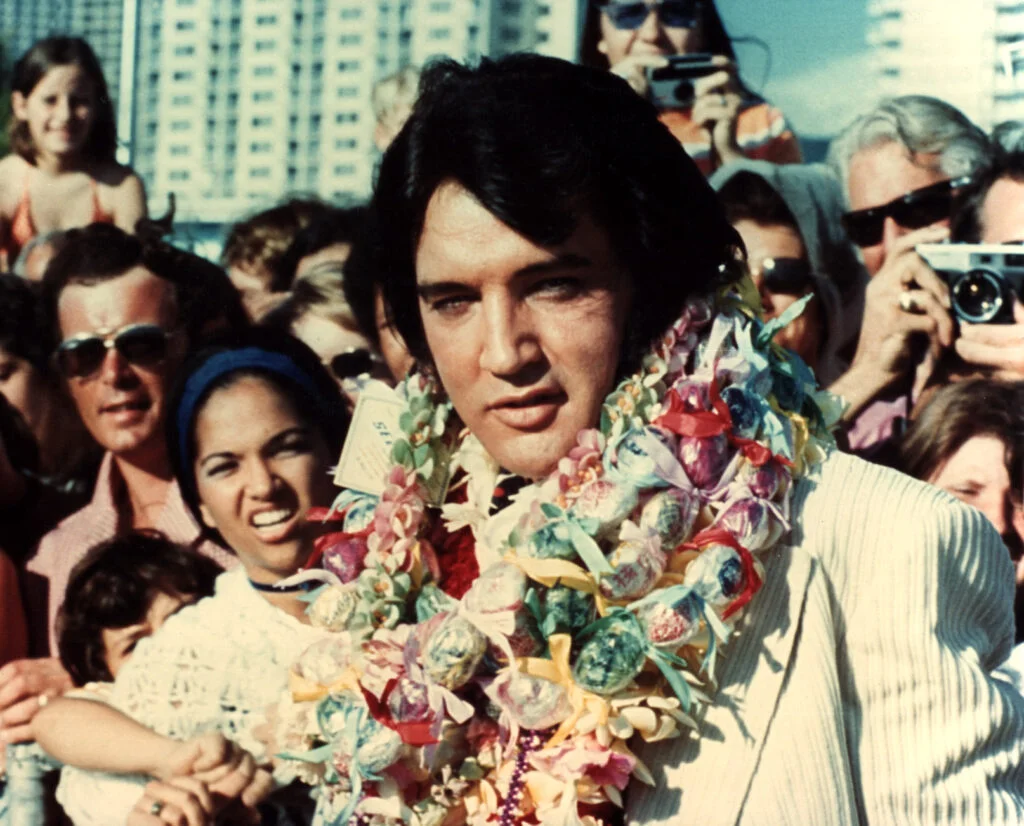
When the King of Rock and Roll performed the first globally broadcast concert via satellite on January 14, 1973, an estimated one billion viewers worldwide tuned in—with the U.S. broadcast strategically delayed until April to avoid competing with Super Bowl VII. Dressed in his iconic jewel-encrusted white jumpsuit (later known as the “American Eagle” suit), Elvis delivered a career-defining performance that showcased his remarkable vocal range and star power despite his declining health. The technological achievement was as impressive as the performance itself, utilizing satellite technology that cost $2.5 million (equivalent to over $16 million today)—paid for by Elvis himself to ensure his vision was realized exactly as planned. Just a few years ago, Legacy Recordings reported on a commemorative edition celebrating this memorable performance.
The broadcast remains a bittersweet cultural milestone as one of Elvis’s last great performances before his death just four years later. Families gathered around television sets to witness this spectacular event, with viewing parties organized in homes across America. The concert’s massive viewership demonstrated television’s unparalleled power to create shared cultural moments across geographic and demographic lines—something increasingly rare in today’s fragmented media landscape. For many Americans, this broadcast represents the last time Elvis appeared as they wanted to remember him: vibrant, passionate, and in command of his extraordinary talents.
3. “Roots” Miniseries (1977)
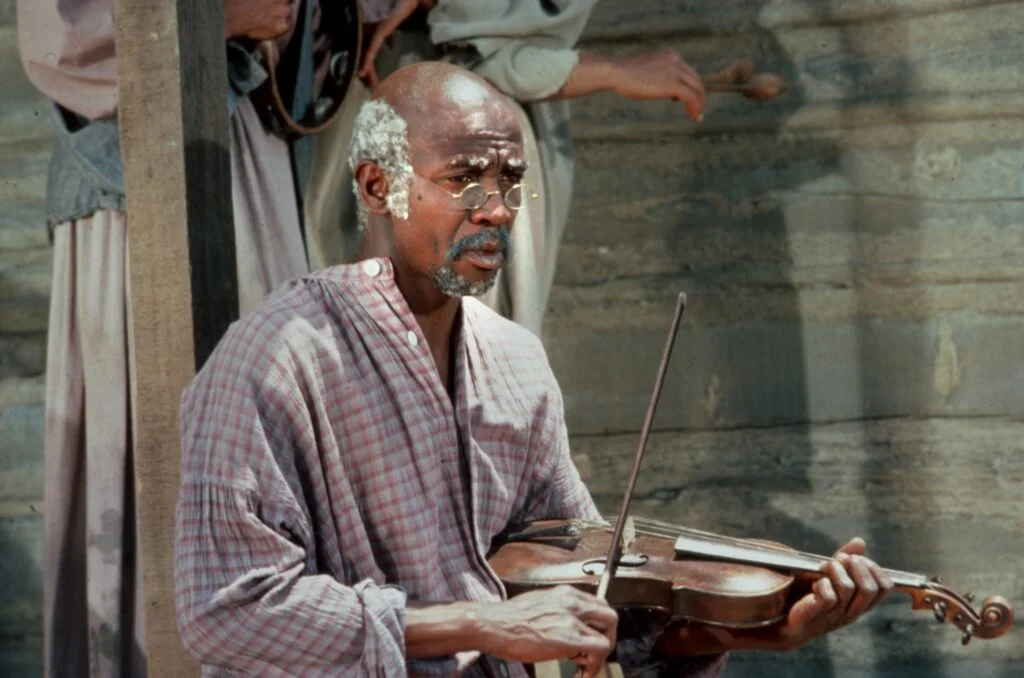
When ABC aired Alex Haley’s multigenerational story of his family’s journey from Africa through slavery and beyond, the network expected decent ratings but nothing extraordinary. Instead, “Roots” became a cultural phenomenon that captivated over 130 million viewers—more than half the U.S. population at the time. The eight consecutive nights of programming transformed American television and created unprecedented national conversations about race, history, and identity. Schools adjusted assignments to incorporate discussions about the series, while viewing parties brought together communities across racial lines to witness this powerful storytelling. The miniseries is credited by CNN with having a profound impact no not just television but American culture as a whole.
The impact extended far beyond entertainment, inspiring Americans to research their own genealogies and prompting a national reckoning with the brutal realities of slavery often sanitized in textbooks. The final episode still ranks among the top three most-watched television finales in American history, with approximately 100 million viewers tuning in to see the conclusion of Kunta Kinte’s family saga. “Roots” demonstrated television’s potential as not just entertainment but as a vehicle for social change and national introspection—setting a standard for meaningful programming that networks have struggled to match in the decades since.
4. “The Carol Burnett Show” Finale (1978)
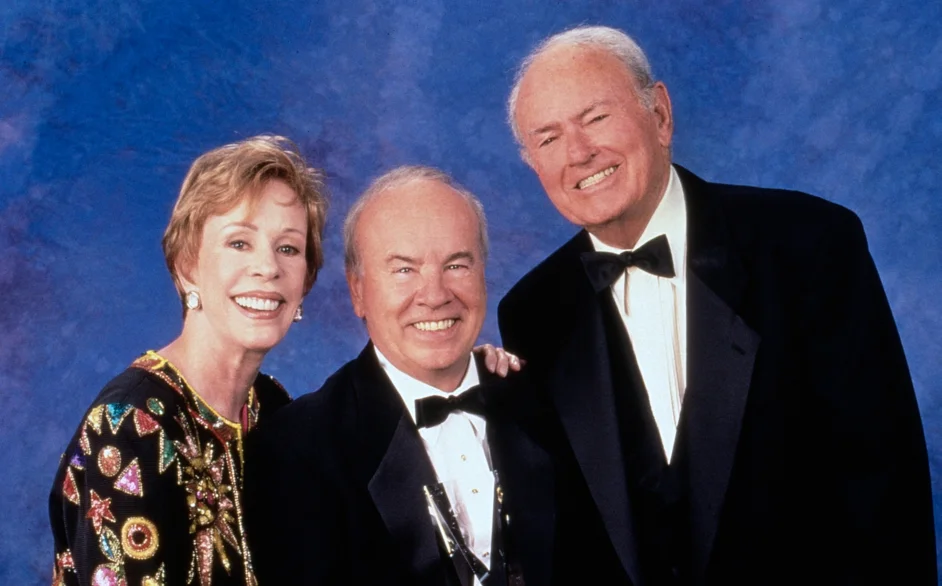
After 11 groundbreaking seasons that redefined comedy television, Carol Burnett bid farewell to her beloved variety show with a two-hour special that had America both laughing and crying. The finale featured highlights from the show’s historic run along with emotional farewell performances from the legendary cast including Harvey Korman, Vicki Lawrence, and Tim Conway. The show’s signature ear tug—Carol’s special message to her grandmother—took on new poignancy as viewers realized they were witnessing the end of an era in television entertainment.
The broadcast was a genuine cultural moment that transcended demographics, bringing together multiple generations who had grown up watching Burnett’s revolutionary sketch comedy. While variety shows had been television staples, none had achieved the consistency, quality, and cultural impact of Burnett’s creation, with catchphrases and characters that had become part of the national lexicon. The finale’s massive viewership demonstrated not just audience appreciation for the show itself but recognition that something special in American entertainment was coming to an end—the golden age of the network variety show that had defined television since its inception but would largely disappear in the following decade.
5. Muhammad Ali vs. Leon Spinks II (1978)
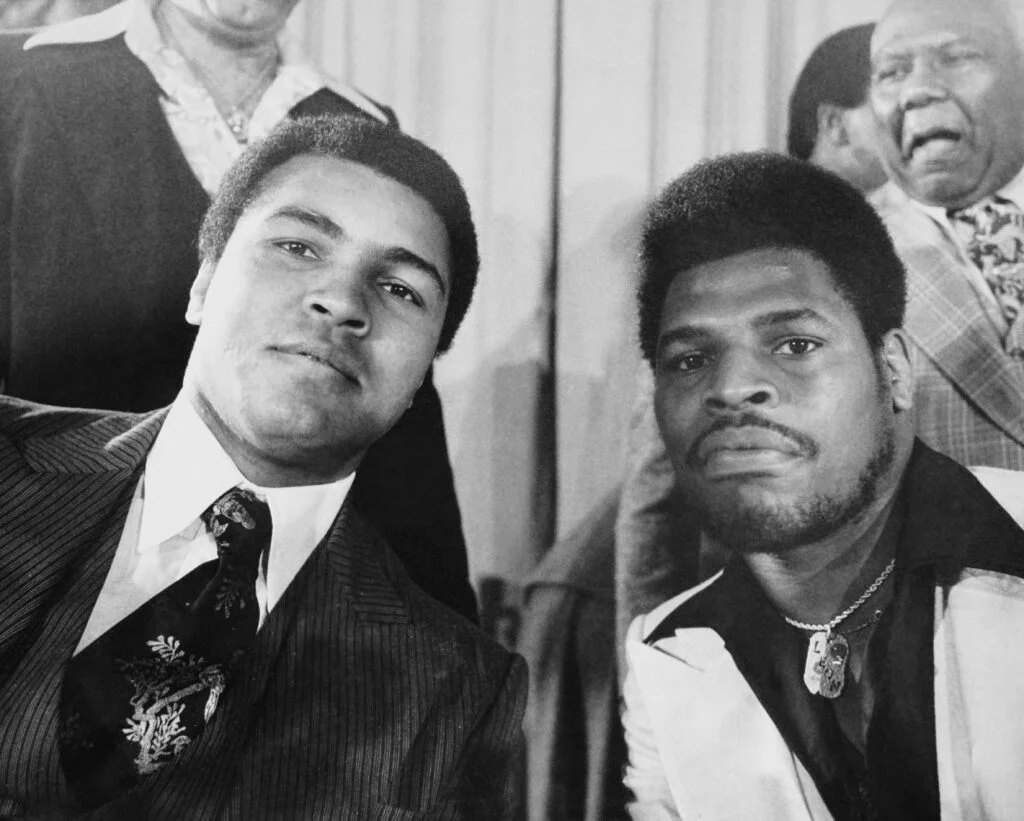
When Muhammad Ali attempted to reclaim his heavyweight title from Leon Spinks in their September 1978 rematch, approximately 90 million Americans tuned in to ABC’s broadcast—making it the highest-rated sporting event ever aired on television at that time. The fight represented more than just boxing; it was a cultural touchstone that brought together diverse audiences united in their fascination with Ali’s larger-than-life persona and his quest for an unprecedented third heavyweight championship. Viewing parties were organized in homes, bars, and community centers across America, creating a shared national experience that transcended typical sports viewership.
The broadcast’s cultural significance extended beyond sports, symbolizing Ali’s remarkable journey from controversial figure to beloved American icon. His unanimous decision victory at age 36 created a perfect narrative arc that resonated with the American love for comeback stories and cemented his legacy as “The Greatest.” The massive viewership demonstrated television’s unique power to transform athletic competitions into cultural moments that even non-sports fans felt compelled to witness. While today’s boxing matches are largely relegated to pay-per-view, this free network broadcast represented an era when the biggest sporting events were accessible to all Americans regardless of economic status.
6. “Dallas” – “Who Shot J.R.?” Episode (1980)
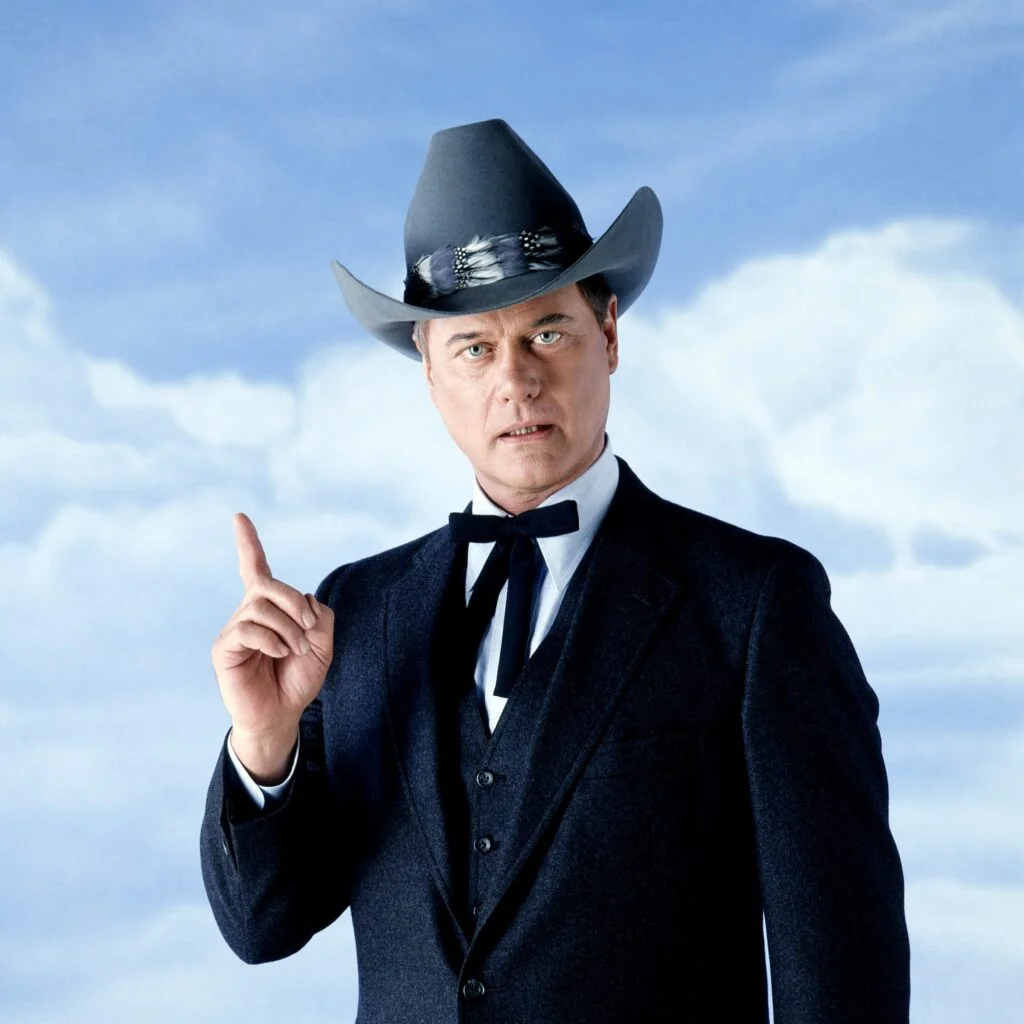
Though the resolution aired in November 1980, the unprecedented summer cliffhanger from March 1980 created a national obsession that dominated American culture throughout the 1970s’ final months. The question “Who shot J.R. Ewing?” became ubiquitous, appearing on t-shirts, buttons, and magazine covers while spurring nationwide betting pools on the would-be assassin’s identity. The months-long buildup created anticipation unlike anything television had experienced before, with international interest so intense that British Parliament members actually placed bets on the outcome.
When the answer was finally revealed in the episode titled “Who Done It?”, an estimated 83 million Americans (76% of all television viewers) watched simultaneously—making it the highest-rated single episode in television history at that time. The cultural phenomenon demonstrated television’s power to create sustained national conversation and anticipation in the pre-internet era. Today’s efforts to generate “water cooler moments” pale in comparison to this organic cultural obsession that united Americans across geographic, economic, and demographic lines. The episode’s success established the season-ending cliffhanger as a television staple and proved that serialized storytelling could generate unprecedented viewer investment.
7. “The Day After” (1983)
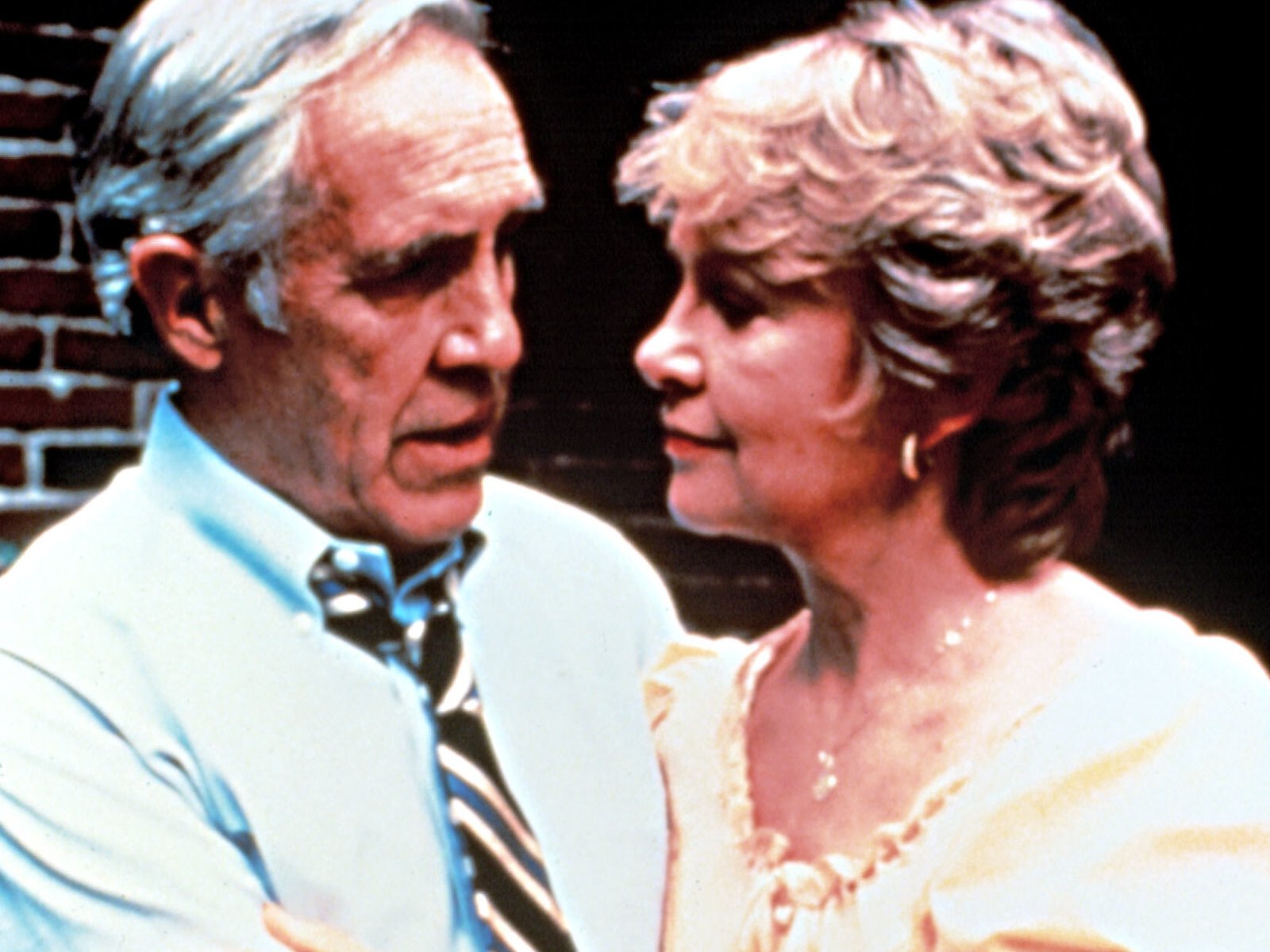
Though technically just outside the 1970s, this landmark television film about nuclear war represented the culmination of Cold War anxieties that defined the previous decade. When ABC aired this graphic depiction of a nuclear attack on Kansas City in November 1983, approximately 100 million Americans watched—making it the highest-rated television film in history. The broadcast was treated as a national event, with viewing guides distributed to schools, churches organizing discussion groups, and ABC airing a live panel discussion immediately afterward featuring Carl Sagan, Henry Kissinger, and other experts.
The film’s realistic portrayal of nuclear devastation had such profound psychological impact that ABC set up special hotlines for distressed viewers. Its cultural significance extended to international relations, with President Reagan noting in his diary that the film left him “greatly depressed” and may have influenced his evolving nuclear policies with the Soviet Union. “The Day After” represented television at its most socially consequential—not just entertainment but a catalyst for national conversation about existential threats. While modern programming might generate social media discussion, few broadcasts have prompted the kind of deep societal introspection and policy reconsideration that this film inspired.
8. “The Six Million Dollar Man” and “The Bionic Woman” Crossover Episodes (1976)
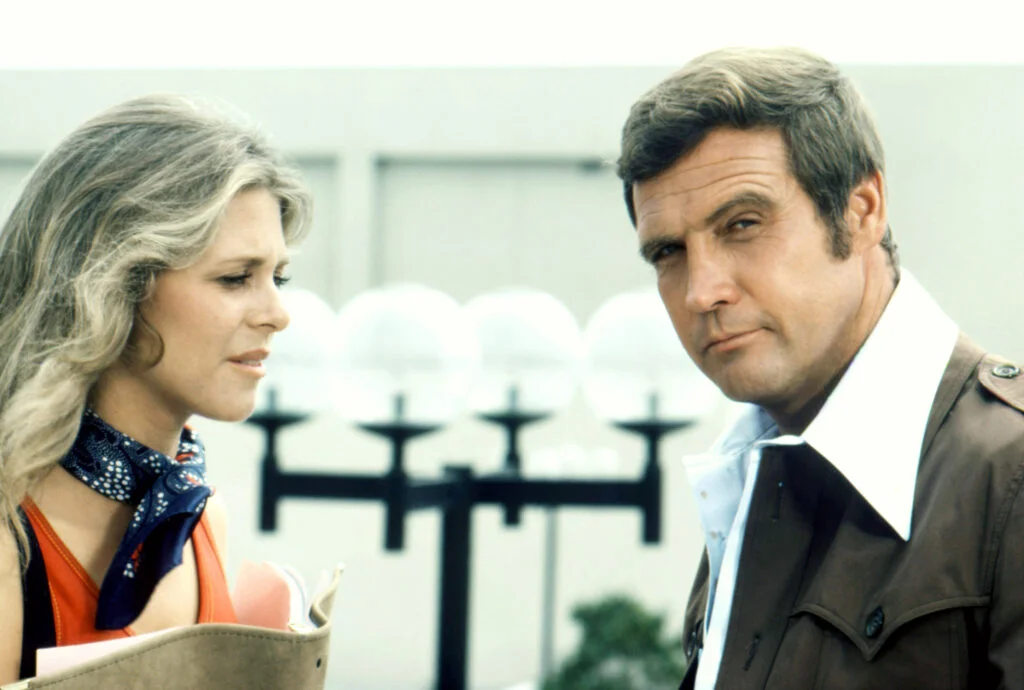
When television’s favorite bionic heroes joined forces in multi-episode crossover events, America was completely captivated by the reunion of Steve Austin and Jaime Sommers. These special episodes consistently ranked among the highest-rated broadcasts of their respective seasons, with the “Kill Oscar” three-part storyline becoming particularly legendary for introducing the villainous Fembots. Families planned their entire weeks around these special events, with children recreating the adventures on playgrounds nationwide and toy sales skyrocketing after each crossover broadcast.
The cultural impact extended beyond ratings, representing a pioneering approach to shared television universes decades before Marvel would bring the concept to cinema. The crossovers demonstrated television’s unique ability to create expanded storytelling that rewarded viewer investment across multiple series. While streaming services now regularly feature crossover episodes, these 1970s events were revolutionary for creating “must-see” programming in an era when missing a broadcast meant potentially never seeing the content. The episodes remain touchstones for a generation who scheduled their lives around these appointment television events that temporarily transformed two popular shows into a single mega-event too significant to miss.
9. “Helter Skelter” (1976)

When CBS aired this two-part adaptation of Vincent Bugliosi’s book about the Charles Manson murders, approximately 50 million Americans tuned in despite heavy network censorship concerns. The miniseries represented the first major television dramatization of the shocking crimes that had occurred just seven years earlier, bringing to life a case that had profoundly disturbed the national consciousness. The broadcast was treated as a serious cultural event, with newspapers publishing viewer guides explaining the historical context and psychological aspects of the case for audiences still processing the shattered innocence these murders represented.
The program’s unflinching (though carefully edited for television) approach to the disturbing material established a new standard for true crime dramatization that would influence decades of programming. Its massive viewership demonstrated America’s complicated relationship with its own recent traumatic history and television’s power to help process national trauma through narrative reconstruction. While today’s true crime content is readily available across multiple platforms, “Helter Skelter” represented a rare moment when much of America simultaneously confronted one of its darkest chapters through the shared experience of network television.
10. “The Sound of Music” Broadcast Television Premiere (1976)

When ABC paid a then-record $15 million for the television rights to “The Sound of Music” and aired it for the first time on network television, approximately 33 million households tuned in—representing nearly half of all American television owners. The broadcast was treated as a genuine national holiday, with families dressing up for viewing parties and schools assigning the film as required viewing for music classes. The shared cultural experience of watching Julie Andrews sing “The Hills Are Alive” simultaneously created a collective memory for an entire generation.
The broadcast’s success established the template for “Big Event” programming that networks would pursue throughout the late 1970s and beyond, proving that familiar, beloved content could still draw massive audiences even years after theatrical release. For many Americans, particularly those without access to theaters showing revivals or without the means to purchase early home video systems, this broadcast represented their first opportunity to see this beloved film. The evening became a multigenerational celebration that demonstrated television’s unique ability to transform private viewing into shared cultural experiences that strengthened family and community bonds through collective enjoyment.
11. ABC’s “Battle of the Network Stars” (1976-1985)
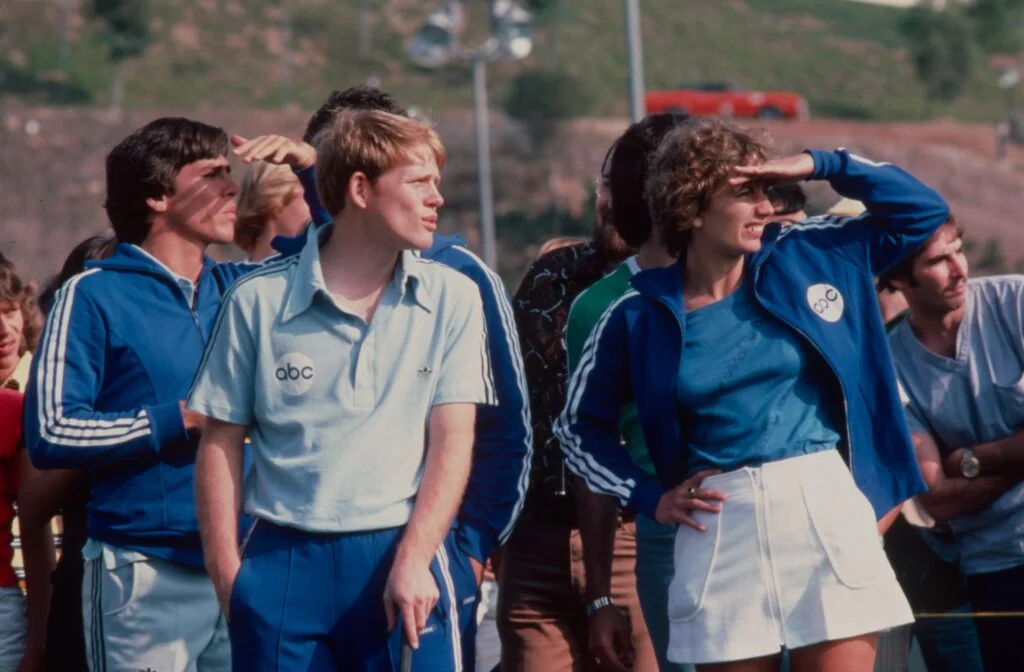
When ABC debuted this revolutionary sports competition featuring television’s biggest celebrities competing in athletic challenges, they created not just a popular special but a cultural phenomenon that would span three decades. The biannual events typically captured over 20 million viewers as Americans tuned in to watch their favorite TV stars from all three networks compete in events ranging from swimming relays to obstacle courses. Howard Cosell’s serious sports commentary applied to actors in short shorts created a perfect blend of camp and genuine athletic competition that proved irresistible to viewers.
The cultural impact extended beyond entertainment, inspiring school field days nationwide to adopt similar events and creating memorable moments like Gabe Kaplan’s surprising victory in the sprint competition and Lynda Carter’s domination of the women’s events. The specials represented a unique television experience that broke down the artificial barriers between networks, allowing audiences to see their favorite stars interacting across competitive lines in an era when network loyalty was still a significant factor in viewing habits. The massive viewership demonstrated Americans’ fascination with seeing familiar characters in unfamiliar contexts—a formula reality television would eventually adopt and expand upon decades later.
12. “KISS Meets the Phantom of the Park” (1978)
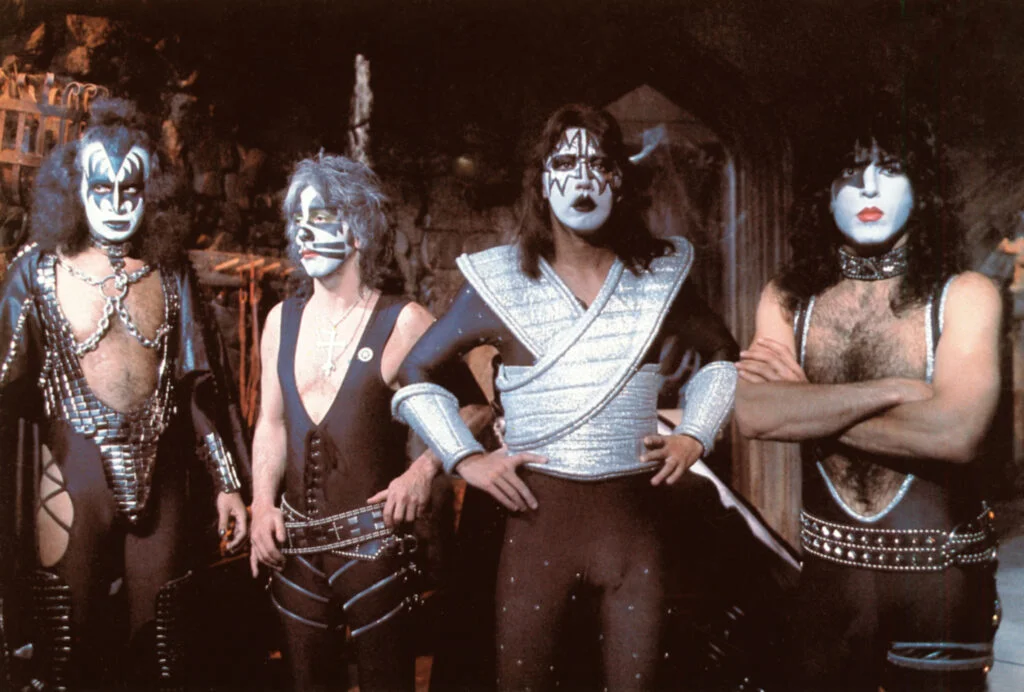
When NBC aired this bizarre musical adventure featuring the rock band KISS battling an evil scientist at an amusement park, approximately 21.5 million Americans tuned in despite (or perhaps because of) its outlandish premise. The Halloween weekend broadcast became an instant cultural touchstone that dominated playground conversations nationwide the following Monday. Though critically panned, the film achieved a massive 17.0 rating with a 33 share—numbers that would make any modern network executive weep with joy.
The broadcast represented a unique moment in American pop culture when a controversial rock band known for their theatrical makeup, pyrotechnics, and hard rock sound crossed over into mainstream family entertainment. Parents who had previously forbidden KISS albums in their homes found themselves watching alongside their children as the band members used supernatural powers to save an amusement park from destruction. While the band members themselves would later distance themselves from what they considered an embarrassing project, the broadcast remains a perfect time capsule of 1970s popular culture when the boundaries between rock rebellion and family entertainment temporarily dissolved for one bizarre October evening that millions of Americans experienced together.
13. “Gone With the Wind” Television Premiere (1976)
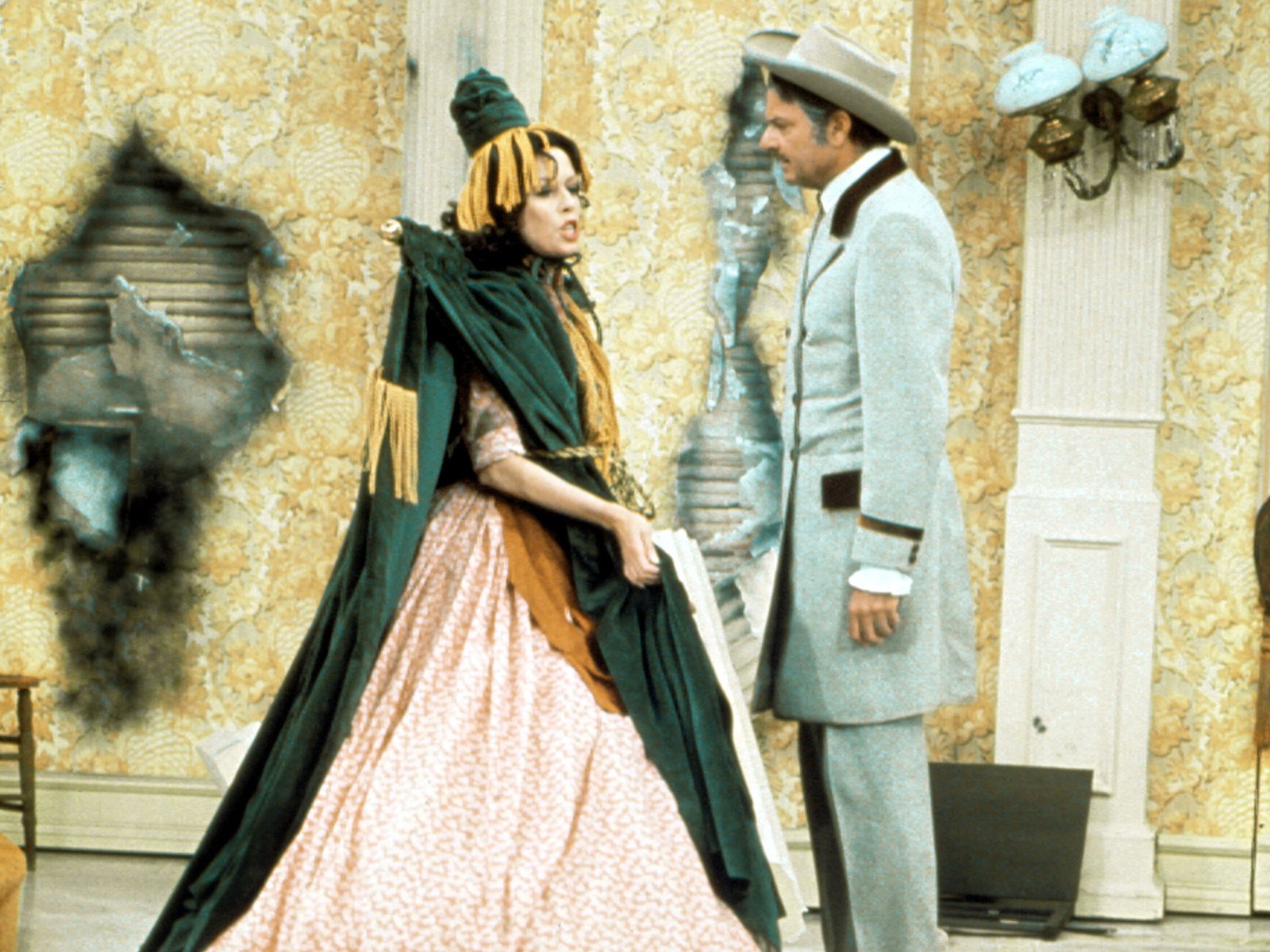
When NBC paid an unprecedented $5 million for a single broadcast of this Hollywood classic, they created a television event that captured approximately 33.96 million households—representing 65% of all television sets in America at the time. The two-night broadcast was treated with extraordinary reverence, with the network creating special content warnings and introductions to address the film’s problematic racial depictions while still presenting this cultural touchstone to a new generation. Families planned elaborate viewing parties, with some even dressing in period costumes to fully immerse themselves in the experience.
The broadcast’s cultural significance extended beyond entertainment, sparking renewed national conversation about how America depicts and processes its complicated history regarding slavery and the Civil War. For many Americans, particularly younger viewers, this broadcast represented their first exposure to this landmark film that had shaped perceptions of Southern history for generations. The massive viewership demonstrated not just Americans’ continued fascination with the Reconstruction-era South but also television’s unique power to create shared cultural experiences around content that had previously been accessible only through theatrical re-releases. Modern streaming premieres, regardless of their popularity, rarely achieve the sense of collective national experience that this broadcast created.
While we’ve gained tremendous content variety and viewing flexibility in the decades since, something meaningful has been lost: those water cooler moments when it seemed the entire country had witnessed the same cultural event and couldn’t wait to discuss it the next day. Perhaps this explains our nostalgic attachment to these television memories—they represent not just entertainment but a form of national communion increasingly rare in our personalized media environment. These broadcasts remind us of a time when television truly served as America’s collective campfire, gathering diverse citizens around shared stories that, for a few hours at least, gave us common ground in an increasingly divided nation.


